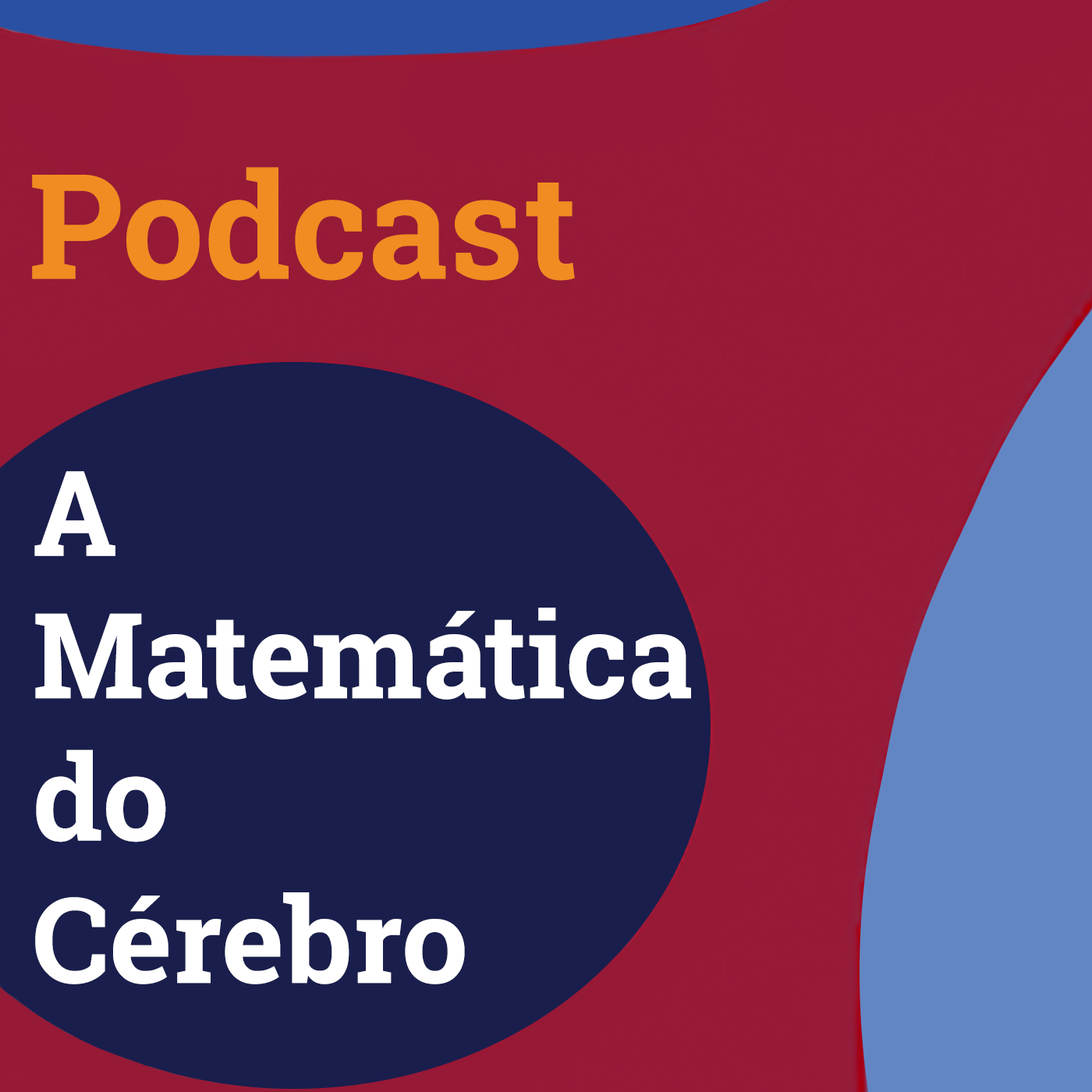
Highlights of the NeuroMat report of activities
Newsletter | Aug 31, 2019
The Research, Innovation and Dissemination Center for Neuromathematics (RIDC NeuroMat) released its sixth report of activities in August. The report comprises activities in research, innovation and dissemination from January to August, 2019. The RIDC NeuroMat was created in 2013 by the São Paulo Research Foundation (FAPESP) and is coordinated by Antonio Galves.
Unilateral Brachial Plexus Lesion Impairs Bilateral Touch Threshold
Publications | Aug 29, 2019
Bia Lima Ramalho, Maria Luíza Rangel, Ana Carolina Schmaedeke, Fátima Smith Erthal and Claudia D. Vargas
Unilateral brachial plexus injury (BPI) impairs sensory and motor functions of the upper limb. This study aimed to map in detail brachial plexus sensory impairment both in the injured and the uninjured upper limb. Touch sensation was measured through Semmes-Weinstein monofilaments at the autonomous regions of the brachial plexus nerves, hereafter called points of exclusive innervation (PEIs). Seventeen BPI patients (31.35 years±6.9 SD) and 14 age-matched healthy controls (27.57 years±5.8 SD) were tested bilaterally at six selected PEIs (axillary, musculocutaneous, median, radial, ulnar, and medial antebrachial cutaneous [MABC]). As expected, the comparison between the control group and the brachial plexus patients' injured limb showed a robust difference for all PEIs (p ≤ 0.001).
Mean field limits for nonlinear spatially extended Hawkes processes with exponential memory kernels
Publications | Aug 28, 2019
J. Chevallier, A. Duarte, E. Löcherbach and G. Ost
We consider spatially extended systems of interacting nonlinear Hawkes processes modeling large systems of neurons placed in and study the associated mean field limits. As the total number of neurons tends to infinity, we prove that the evolution of a typical neuron, attached to a given spatial position, can be described by a nonlinear limit differential equation driven by a Poisson random measure. The limit process is described by a neural field equation. As a consequence, we provide a rigorous derivation of the neural field equation based on a thorough mean field analysis.
Statistical model selection in the brain and electrophysiological signatures
Streaming | Aug 25, 2019

The NeuroMat scientific dissemination has released a video that presents the work of research Fernando Najman in the NeuroMat research team. This video was produced with an immersive technique, so it is possible to wander around as Najman presents on various aspects of his work.
A pathway to reproducible science: the Neuroscience Experiments System
Newsletter | Jul 30, 2019
The Neuroscience Experiments System (NES) is a by-product of the technology-transfer team of FAPESP's Research, Innovation and Dissemination Center for Neuromathematics. An open-source tool, it is used to manage clinical data gathered in hospitals and research institutions. It is also a relevant resource for reproducible science.
| NeuroCineMat |
|---|
|
Featuring this week: |
| Newsletter |
|---|
|
Stay informed on our latest news! |
| Follow Us on Facebook |
|---|




